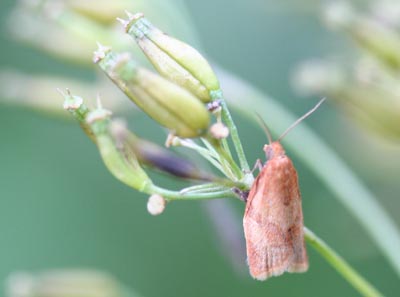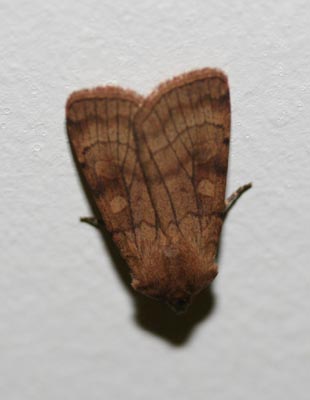Heavy rain showers.
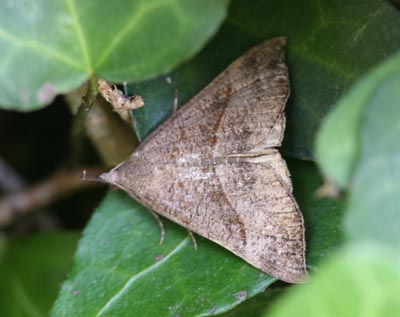
This is a rather worn Snout. You can just make out the brown proboscis that gives it the common name.
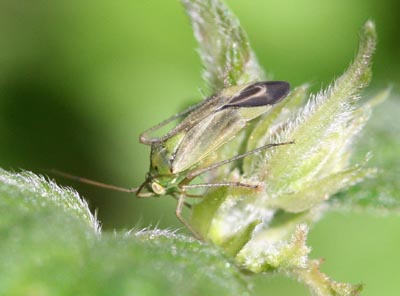
Yet another unidentified Capsid. These are further complicated by the fact that each has a number of nymph stages, some of which are still unknown.
A couple of Harvestman shots. I find the right-hand image quite humerous: Harvestmen don't make webs, but this one has become tangled in a spider's web. No sign of the spider. Either the web was old or the spider was staying well clear.
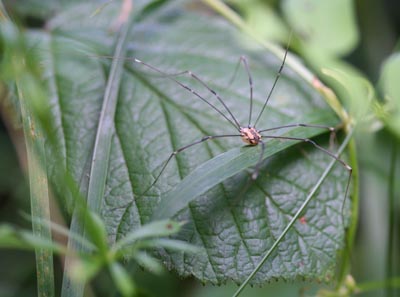
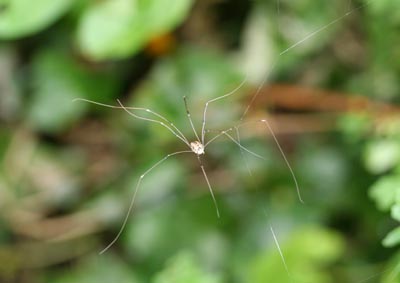
Two shots of the Common Wasp - Vespula vulgaris. ID is confirmed by the anchor-shaped mark on the face combined with the short gap between eye and jaw.
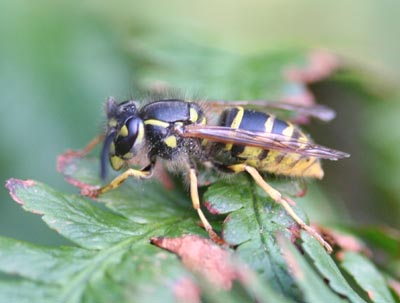
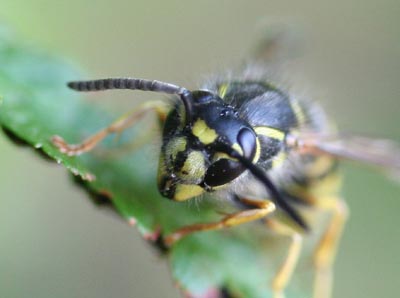
Note that the image-forming main eyes wrap round the antennae and approach the simple ocelli at the top of the head. These guys don't miss much.
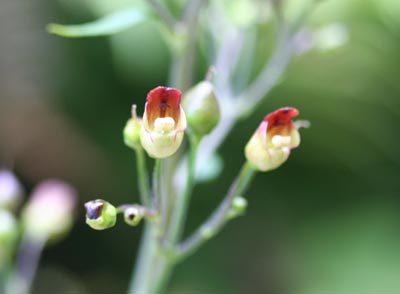
The flowers of Common Figwort.
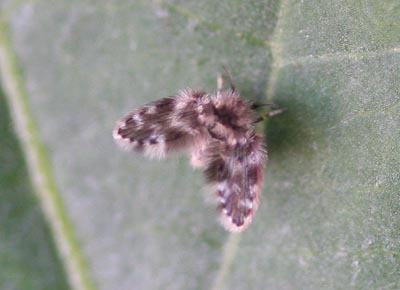
These Moth-flies are very tricky to photograph. Always on the move and I think the hairy wings disturb the autofocus. Psychodidae family.

This Stigmella aurella micromoth larva clearly struggled with geography. The mine crosses itself twice which is something these larvae try to avoid. This particular mine jumped out at me as being odd and close study reveals that it made the wrong choice at almost every opportunity. It looks as if it still made it to maturity.
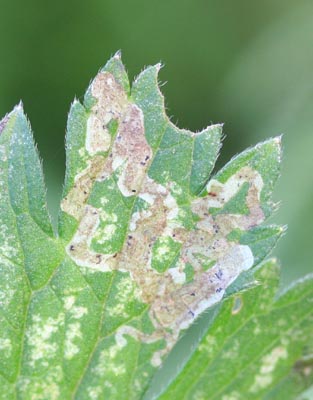
Dipterous mines, on the other hand, wander all over the place. This is probably made by a polyphage Agromyzid Fly, because it isn't any of the Ranunculus specifics.
Two moths: the micro is a Tortrix - Epiphyas postvittana - the Light Brown Apple moth, and the macro is the Six-striped Rustic - Xestia sexstrigata. Both new to the website.
